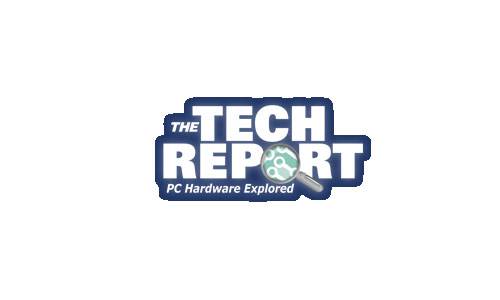Hello,
I understand that if the SSD is near full it slows down , and it is recommended to leave 20% of it empty all the time .
My Question is :
Does this free space need to be allocated ?
Because it would be better not to allocate 20% of the size to prevent users from filling it up no matter how.
I understand that if the SSD is near full it slows down , and it is recommended to leave 20% of it empty all the time .
My Question is :
Does this free space need to be allocated ?
Because it would be better not to allocate 20% of the size to prevent users from filling it up no matter how.



